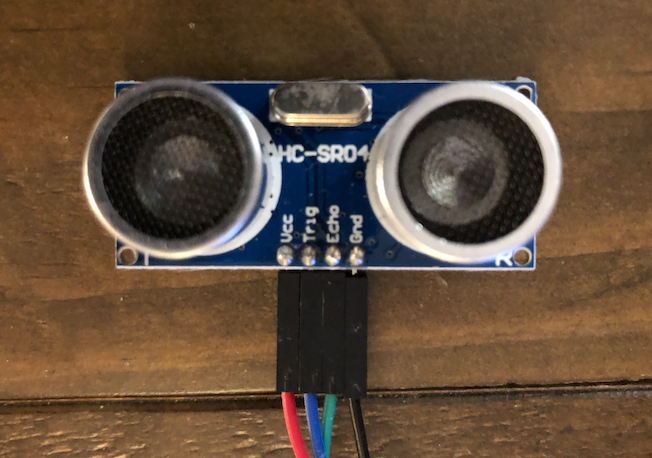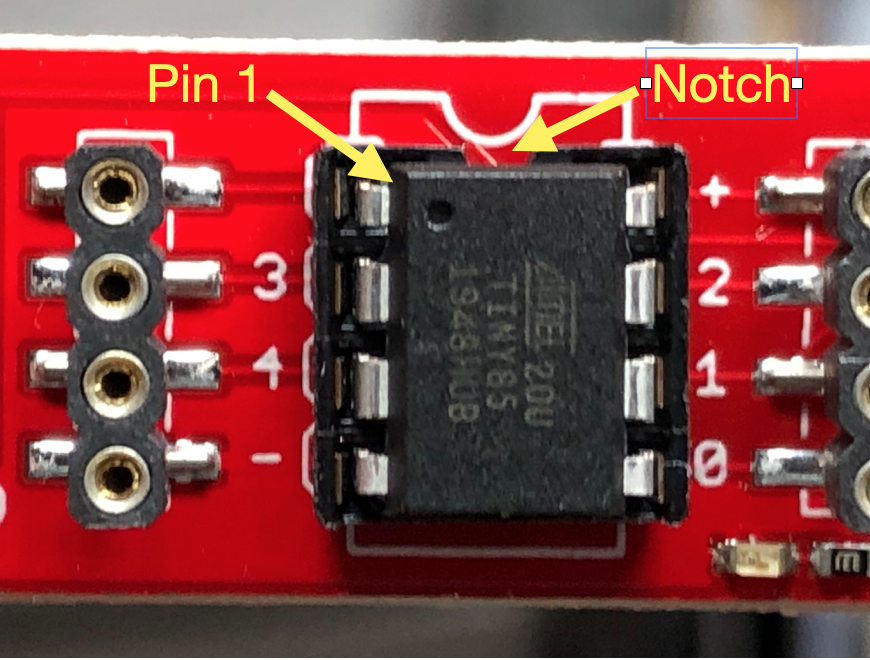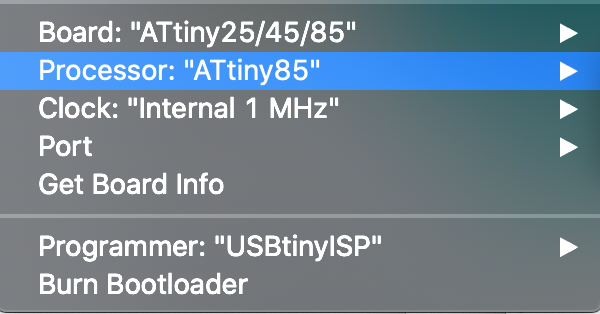“The illiterate of the 21st century will not be those who cannot read and write but those who cannot learn, unlearn, and relearn.” – Alvin Toffler
As a kid, I was inspired by movies like TRON to explore computers. I caught the bug as soon as I saw how easily software could be used to shape reality and improve things. I spent 6 years skipping around between computer science, mathematics, physics, electrical and civil engineering. I even invested a year working toward a masters in divinity until I realized Koine Greek wasn’t a new computer language.
My dad was a civil engineer with crazy mad RPN calculator skills. He could crank out and tabulate thousands of calculations per day. But one day I wrote a bit of software and suddenly a week’s worth of tedious error prone work was done in minutes. He immediately hired me to “computerize” the rest of his business. With my educational background, I thought I was set… I could change the world (or at least my corner of it), one program at a time… but I still had a lot to learn. I soon discovered I didn’t know enough about statics and dynamics for the structural engineering work I needed to do. I also needed to dive deeper into 3D geometry and computer graphics for modeling complex systems. I went back to school.
There is a thought that education is just a box you need to check to begin your career. You may get certified, degreed or licensed and now you are done, right? Nope! Those are all great, but they are just visible footprints on the stairway of continual learning. Learning expands the mind and prepares us for more learning. Each step along the way reveals new vistas of knowledge to explore, new puzzles to solve and new mastery to obtain. We are forever on this learning adventure, growing and thriving on the food of knowledge, discovery and experimentation. Every new cognitive challenged unlocked is like an awakening. It is the physics of life. Each discovery expands who we are and carries us to a new level. We are alive and growing when we are learning.
Learning can be fun, but it isn’t easy. It takes work. It can be exhausting and even frustrating at times. Because of that, there is a temptation to become comfortable with our current state. We may find we can get by with what we already know, often for years without having to learn something new. But we aren’t growing. We become stale. Our capacity to move ourselves, our teams and our organization forward, withers. Like physical exercise, mental exercise is required to stay healthy, vibrant and alive. Just as we should plan to exercise our physical bodies to stay healthy, we should plan to exercise our minds as well.
What are you learning? May I suggest, if you aren’t learning anything new right now, pick something new and start learning it today? I know it isn’t easy, but embrace the constructive discomfort and expand your knowledge and skill. Tackle it. Imagine yourself thriving and growing. Don’t limit yourself. Set a goal to upgrade your knowledge every week. Study, grow and keep learning!



























